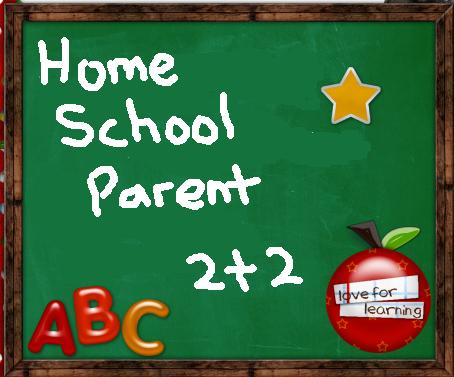
1. Find numbers in your world. Have your child look for numbers around them: the kitchen clock, the calendar, a cereal box, a TV dial, a stamp or inside her shoe. Have her write down the numbers she sees, or give her a number and ask her to look around the house for examples of the number. Show her how numbers are used by pointing out the movie times, weather forecasts and sports statistics in your daily newspaper.
2. Two, four, six, eight, now it's time to estimate. Estimation is a great way to increase a child's number sense. Give your child a bowl and some marbles and ask your child to estimate how many will fit. Then count afterward to compare the actual number to the estimate. Helping your child learn to make appropriate predictions will help her see how numbers are used in everyday life. Learning to ask, "Is my answer reasonable?" will help her as she tackles math problems in the classroom.
3. 100 Things. Understanding the concept of 100 is difficult for young children, even if they can count that far. Suggest that your child start making collections of 100 things — rubber bands, watermelon seeds, pebbles or buttons. You can divide the objects in groups of 10 or 2 or 5 to see how these smaller groups add up to 100 in different ways. Glue the objects onto a piece of colored construction paper for a math collage. Seeing 100 will help her visualize it.
4. Unlock the code. Write out all the letters in the alphabet on a sheet of paper, leaving room underneath each letter for a number. Under each letter, write the numbers from 1 to 26. In other words, a=1, b=2, etc. Practice writing coded messages using numbers rather than letters. You can use the code to leave simple messages from one another.
5. How tall are you? Many families record the height of their child on a door or wall chart. If you do the same for everyone in the family, your child can join in the measuring and see how the heights compare.
6. Play grocery store math. The supermarket is an ideal place to use math skills, particularly for older children. Point out that yogurt is $2.59 a six-pack. Ask how much it would cost to buy 3? Your child can round up to $2.60 or $3.00 and figure this out. Talk about how she arrived at that number, point out how the estimate differs from the true cost. Or get the latest advertisement announcing sales from the grocery store. Have her look at the specials on fruit and determine how to spend $10.00. Supply her with paper and pencil, and maybe a calculator, as well, so she can practice using calculators the way adults use them every day.
7. What's on the menu? The next time you go to a restaurant, hang on to the menu while you are waiting for your meal and play some math games with your child. Ask him to find the least expensive item on the menu, then all the items that cost between $5 and $10 or three items whose total cost is between $9 and $20. This will not only fill the time while you're waiting to eat, it will show your child how math is used every day.
8. Cook up a math game. The kitchen is a great place to practice math, as long as there's an adult home to supervise. How many tomatoes will you need to double the recipe for sauce? If you put 10 slices of mushroom on the pizza, ask your child to put to twice as many olive slices. How many is that? If there are three people in your family and 15 strawberries to divide equally among them, how many strawberries will each person get?
9. Measure the distance. You don't have to leave home for this game, although it's ideal for vacations. Get out a map that indicates the distance in miles between cities. Measure the distance between Los Angeles and San Francisco, and between Phoenix and San Francisco. Which is greater? How does that compare to the distance between New York City and Chicago?
10. Change up. Give your child an assortment of quarters, dimes, nickels and pennies. Put a piece of fruit on the table and tell him it costs 45 cents. Tell him he needs to find five coin combinations that equal 45 cents. Change the item, raise the price and find five more. Keep a tally of all the ways to pay for each item.















No comments:
Post a Comment